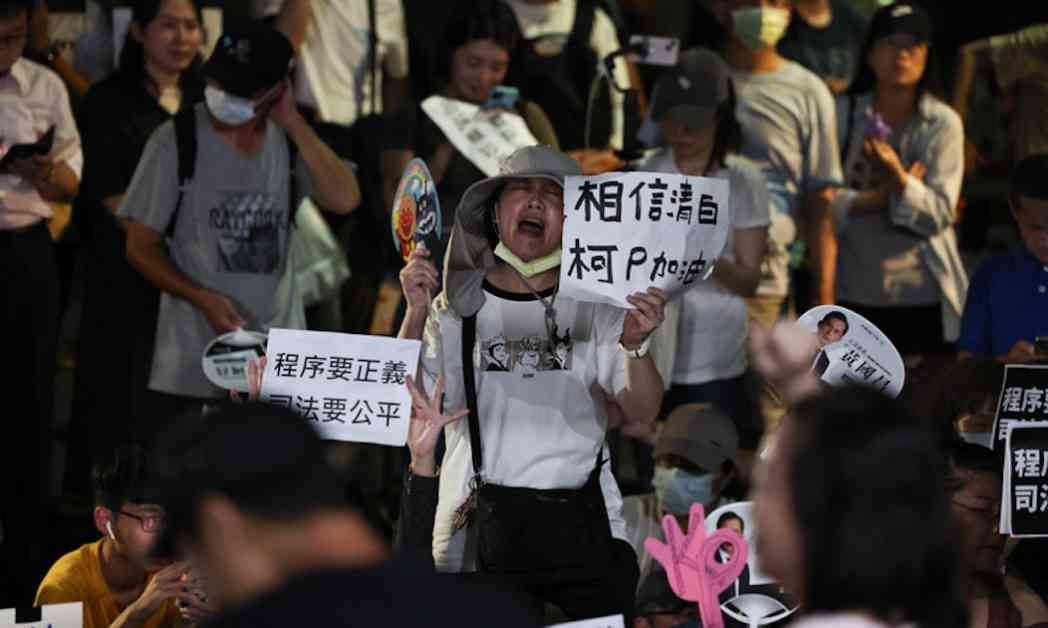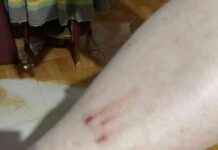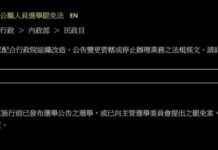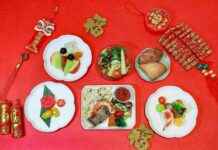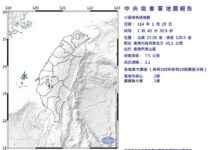Reducing Plastic Pollution: The Innovative Efforts of Kao Corporation
The issue of plastic pollution in our oceans is a growing concern that affects not only marine life but also human health. According to the United Nations, a staggering 11 million tons of plastic waste enter the oceans annually, posing a significant threat to ecosystems worldwide. From microscopic plankton to majestic whales, marine creatures are increasingly falling victim to plastic pollution as these materials break down into tiny particles that are mistaken for food.
As we mark the 60th anniversary of Taiwan’s leading household brand, Kao Corporation, the company has taken on the responsibility of combating plastic pollution by integrating “reduce plastic” initiatives into its product development. Through a three-part strategy, consumers can now contribute to sustainability by choosing products with reduced plastic packaging.
Part One: Minimizing Plastic Usage
One of Kao’s popular products, the Attack laundry detergent, has undergone a significant change to reduce plastic consumption. Starting in 2023, Kao eliminated the plastic scoop that was previously included with the detergent and replaced it with a paper spoon made from FSC-certified materials. This simple switch has resulted in an annual reduction of approximately 13.4 metric tons of plastic waste and a decrease of 74 metric tons of carbon emissions.
Additionally, Kao has taken a proactive step within the industry by eliminating plastic “Eye Catch” labels on their products. These labels, designed to attract consumers’ attention, are often discarded immediately after purchase. By removing these unnecessary plastic labels, Kao has been able to reduce approximately 3.21 million Eye Catch labels annually, equivalent to the height of Taipei 101. These actions not only demonstrate Kao’s commitment to plastic reduction but also make a tangible contribution to environmental protection.
Part Two: Promoting Plastic Recycling
Kao recognizes the value in recycling plastic bottles, transforming them into reusable materials rather than waste. By implementing a process of sorting, cleaning, and crushing, plastic bottles can be converted into clean plastic flakes and then manufactured into recycled plastic materials.
Since 2016, Kao has been a pioneer in Taiwan by introducing shampoos made from 100% recycled PET plastic, setting a new standard for plastic recycling. Currently, Kao has over seven major brands and more than 100 products utilizing recycled plastic bottles, such as MEN’s Bioré shower gel in recycled PE plastic bottles and Magiclean detergent in recycled PP plastic bottles. Furthermore, Kao has committed to ensuring that at least 25% of products manufactured and sold in Taiwan will use recycled plastic by 2025.
In 2023, Kao and Far Eastern New Century Corporation collaborated to develop the world’s first shrink labels made from 50% recycled PET, significantly reducing carbon emissions by 23.5-25% compared to traditional labels. This innovative approach extends plastic recycling from bottles to product shrink labels, marking a new milestone in circular plastic reduction technology.
Part Three: Introducing Innovative Plastic Reduction Products
In addition to reducing plastic consumption and utilizing recycled materials, Kao has introduced the innovative “Happy Pack” packaging to provide consumers with a convenient and eco-friendly option. Unlike traditional refill packs, Happy Packs can be hung for immediate use without the need to transfer contents to a separate container, saving over 68% of plastic usage compared to bottled products. The flat design of Happy Packs also saves storage space and minimizes the risk of mold growth, promoting a hygienic bathroom environment.
Rooted in the concept of sustainability, Kao collaborates with the B Corporation-friendly Seed Team to organize the annual “Kao Formosa 1520 Ocean Project,” inviting the public, employees, and suppliers to participate in coastal marine education activities. Through hands-on experiences, participants witness the severe pollution caused by marine debris and take action to implement source reduction measures in their daily lives to protect the oceans.
Furthermore, Kao emphasizes the importance of education as a key driver of change by promoting “sustainable living education” in schools. By instilling sustainability concepts in children from a young age through activities like the Ocean Waste Board Game, Kao aims to raise awareness of the importance of plastic reduction.
Kao also labels its plastic reduction products with the “eco together” logo, clearly identifying the actual benefits of reducing plastic in each product. By innovating products and promoting education, Kao hopes to inspire more individuals to join the plastic reduction movement and collectively create a beautiful and sustainable future.
Conclusion
As Kao Corporation continues to lead the way in sustainable practices and plastic reduction efforts, their commitment to environmental preservation serves as a model for other companies to follow. By prioritizing innovation, recycling, and education, Kao demonstrates that every individual, from consumers to corporations, plays a vital role in protecting our planet for future generations. Together, we can create a cleaner, healthier environment by reducing plastic pollution and embracing sustainable living practices.
